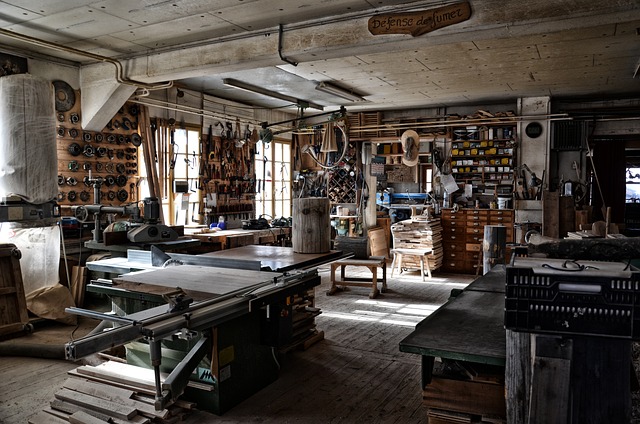Every photograph tells a story, and the composition is the key to unlocking that narrative. When you pick up your camera and look through the viewfinder, you’re not just capturing a moment; you’re assembling elements that resonate with your emotions and the world around you. To perfect this intricate art of composition in photography, it’s essential to familiarize yourself with the right tools that can elevate your images.
First and foremost, understanding your camera is paramount. Whether you use a DSLR, mirrorless system, or even a smartphone, knowing the ins and outs of your equipment allows you to manipulate settings, such as aperture and shutter speed, to your advantage. This understanding also includes mastering optics; the lens you choose can dramatically alter the composition of your photo. A wide-angle lens may help capture sweeping landscapes, while a macro lens is ideal for detailing the delicate intricacies of nature. Experiment with different focal lengths to see how they influence your perspective and the feelings they evoke.
Next, consider digital editing tools, which play a crucial role in composing the final image. Software like Adobe Lightroom or Photoshop gives you the freedom to crop and adjust your photos, enhancing composition post-capture. Cropping can help you emphasize your subject, streamline your image, and eliminate distractions, while adjusting contrast, brightness, and color balance can add depth and mood to your photographs.
Another essential tool for improving composition is the grid overlay. Most cameras and smartphones allow you to enable a grid in the viewfinder. This can help you apply the rule of thirds, guiding your eyes to compose balanced images where the subject is positioned at the intersecting lines. Such tools foster mindfulness in how you frame your shot and encourage you to think critically about how each element in the scene interacts with one another.
Don’t overlook composition techniques like leading lines, framing, and symmetry. Using natural lines—like roads, fences, or pathways—can guide viewers through the image, drawing attention to your subject. Likewise, framing elements within your shot can create depth and help isolate your subject, making it pop against the backdrop. As you familiarize yourself with these techniques, you’ll find your ability to create visually stunning images increases exponentially.
Lastly, a simple notebook or photographic journal can be an invaluable tool for aspiring photographers. Documenting your thoughts and observations while out shooting can deepen your understanding of composition. Reflecting on what worked and what didn’t aids in developing your unique style over time. This practice encourages you to slow down and visualize the story you wish to tell through your lenses.
In the world of photography, tools extend far beyond physical items—each tool, whether a piece of equipment or a technique, plays a role in shaping your vision. By mastering these essential tools, you’ll cultivate a greater appreciation for composition, allowing your photographs to resonate more deeply with those who view them. Remember, the art of photography is a journey, and the tools you choose are stepping stones toward capturing the beauty that surrounds you.



